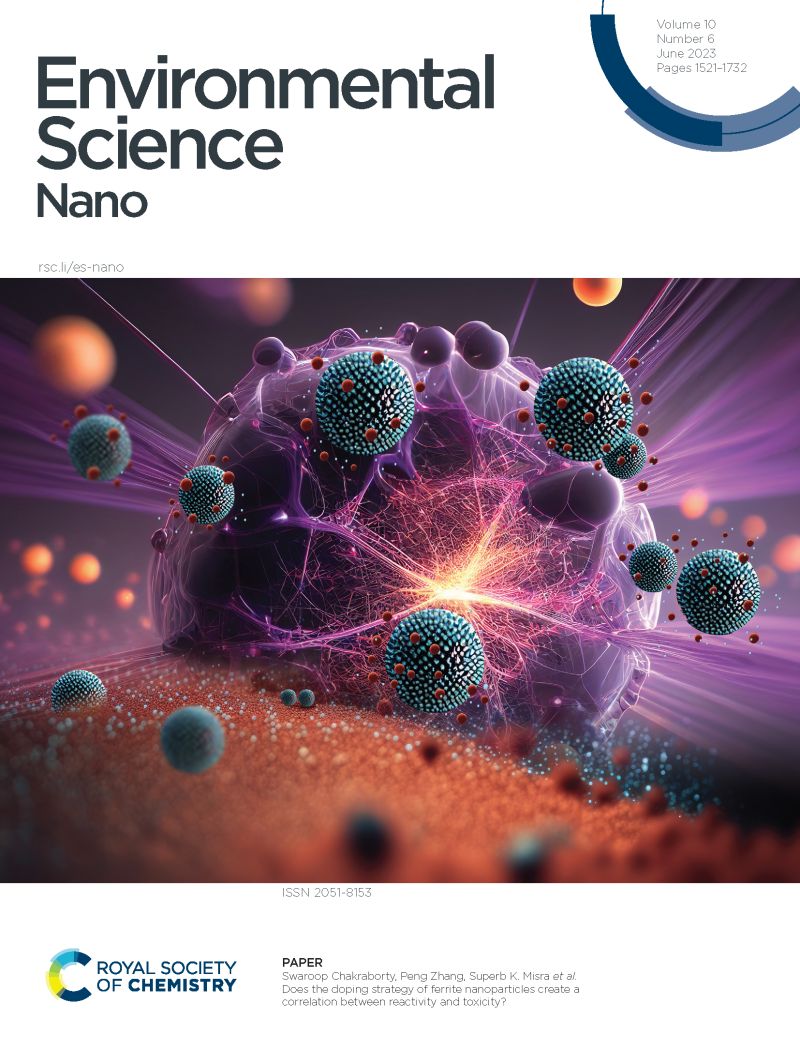Engineering MOFs-Based Homojunction Photocatalysts for Sustainable Energy and Environment
IF 5.1
2区 环境科学与生态学
Q1 CHEMISTRY, MULTIDISCIPLINARY
引用次数: 0
Abstract
Homojunction photocatalysts have emerged as a promising alternative to conventional heterojunction systems, addressing critical limitations such as interfacial lattice mismatch and inefficient charge carrier separation. Metal–organic frameworks (MOFs), with their unique structural flexibility, tunable chemistry, and intrinsic semiconductor-like behavior, serve as an ideal platform for designing high-performance homojunction photocatalysts. This review systematically summarizes recent advances in MOFs-based homojunction photocatalysts for sustainable energy production and environmental remediation. We first discuss construction strategies within pristine MOFs, including morphological engineering, hetero-phase engineering, and functional group modification, which enable precise control over electronic and interfacial properties. Next, we comprehensively analyze approaches for fabricating homojunctions from MOFs derivatives, such as hetero-phase engineering, p–n junction engineering, morphological engineering, and doping engineering, highlighting their synergistic effects on charge separation, light absorption, and redox capacity while preserving structural integrity. The applications of these MOFs-based homojunctions are then detailed, showcasing their exceptional performance in photocatalytic hydrogen evolution, CO₂ reduction, and pollutant elimination (e.g., Cr(VI), antibiotics, and volatile organic compounds (VOCs)), outperforming traditional heterojunction systems. Finally, we outline current challenges and future research directions, providing a roadmap for advancing MOFs-based homojunction photocatalysts toward practical implementation. This review aims to serve as a foundational reference for the rational design of next-generation photocatalytic materials for energy and environmental sustainability.基于mofs的工程同结光催化剂在可持续能源与环境中的应用
同结光催化剂已经成为传统异质结系统的一个有前途的替代品,解决了界面晶格不匹配和低效的载流子分离等关键限制。金属有机框架(MOFs)具有独特的结构灵活性、可调化学性质和固有的半导体样行为,是设计高性能均结光催化剂的理想平台。本文系统地综述了基于mofs的均结光催化剂在可持续能源生产和环境修复方面的最新进展。我们首先讨论了原始mof的构建策略,包括形态工程、异相工程和官能团修饰,这些策略可以精确控制电子和界面性质。接下来,我们全面分析了利用mof衍生物制备同结的方法,如异相工程、pn结工程、形态工程和掺杂工程,强调了它们在保持结构完整性的同时对电荷分离、光吸收和氧化还原能力的协同作用。然后详细介绍了这些基于mofs的异质结的应用,展示了它们在光催化析氢,CO₂还原和污染物消除(例如Cr(VI),抗生素和挥发性有机化合物(VOCs))方面的卓越性能,优于传统的异质结系统。最后,我们概述了当前的挑战和未来的研究方向,为推进基于mofs的同质结光催化剂走向实际应用提供了路线图。本文旨在为下一代光催化材料的合理设计提供基础参考,以实现能源和环境的可持续性。
本文章由计算机程序翻译,如有差异,请以英文原文为准。
求助全文
约1分钟内获得全文
求助全文
来源期刊

Environmental Science: Nano
CHEMISTRY, MULTIDISCIPLINARY-ENVIRONMENTAL SCIENCES
CiteScore
12.20
自引率
5.50%
发文量
290
审稿时长
2.1 months
期刊介绍:
Environmental Science: Nano serves as a comprehensive and high-impact peer-reviewed source of information on the design and demonstration of engineered nanomaterials for environment-based applications. It also covers the interactions between engineered, natural, and incidental nanomaterials with biological and environmental systems. This scope includes, but is not limited to, the following topic areas:
Novel nanomaterial-based applications for water, air, soil, food, and energy sustainability
Nanomaterial interactions with biological systems and nanotoxicology
Environmental fate, reactivity, and transformations of nanoscale materials
Nanoscale processes in the environment
Sustainable nanotechnology including rational nanomaterial design, life cycle assessment, risk/benefit analysis
 求助内容:
求助内容: 应助结果提醒方式:
应助结果提醒方式:


